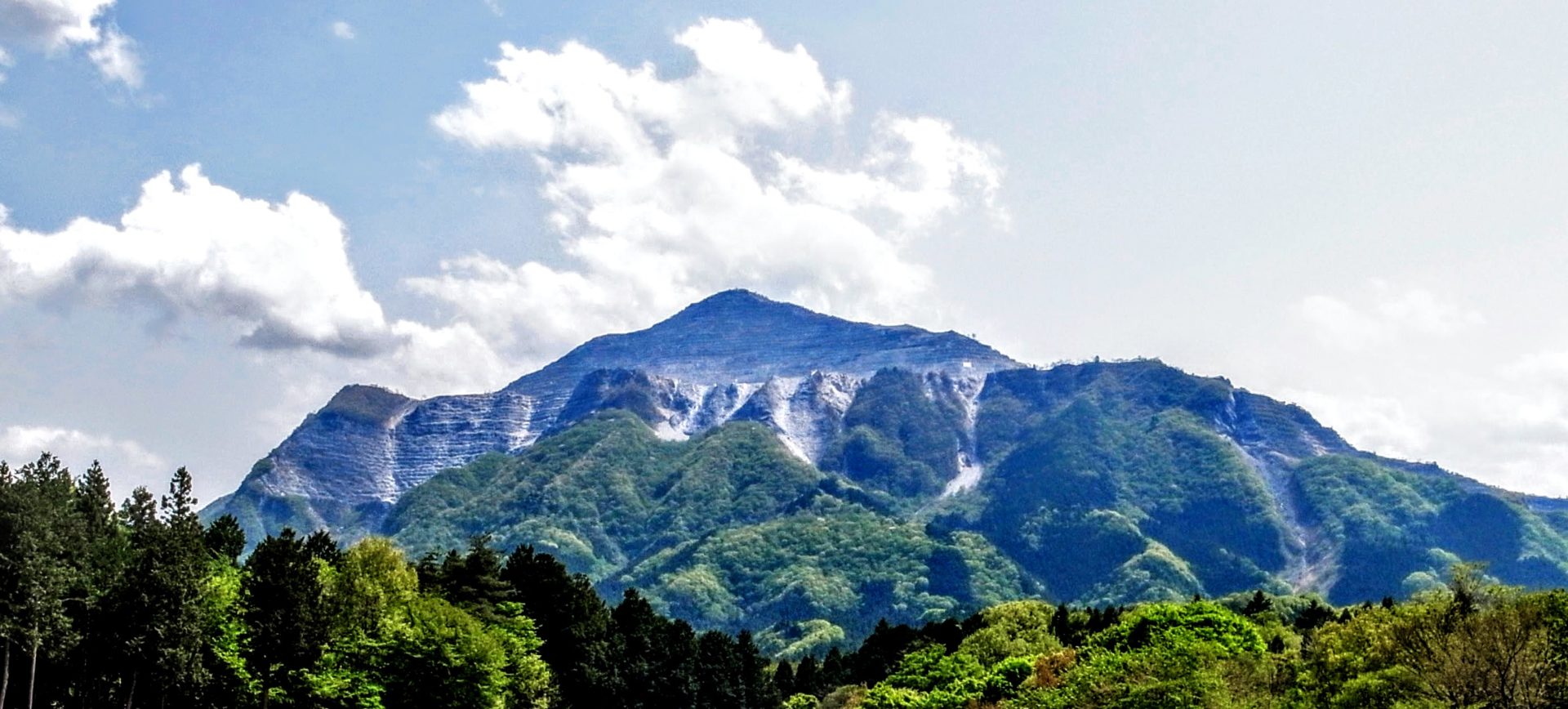Core Reading – Writing on Koryū by Ellis Amdur
For those interested in Tenshin Bukō-ryū, as well as Amdur’s writing on other aspects of koryū bugei:
- Old School: Essays on Japanese Martial Traditions – Expanded Edition
- The Classical Warrior Traditions of Japan, Series
Also by Ellis Amdur
- Dueling with Osensei: Grappling with the Myth of the Warrior-Sage – Expanded Edition
- Hidden in Plain Sight: Tracing the Roots of Ueshiba Morihei’s Power
General Reading Specific to Japanese Martial Traditions
The reading list in this section are books written by other authors on Japanese martial traditions which are invaluable to an understanding of the nature of the ryūha and their role within Japanese culture.
- Bennett, Alex (ed.), Budo Perspectives: Volume 1, Kendo World Publications, Auckland, New Zealand, 2005
- Deprospero, Dan & Jackie, Illuminated Spirit: Conversations with a Kyudo Master
- Draeger, Donn, The Martial Arts & Ways of Japan (Three Volumes) Weatherhill; 1st edition (April 12, 2007)
- Friday, Karl, Legacies of the Sword: The Kashima-Shinryu and Samurai Martial Culture, University of Hawaii Press, Honolulu, HI, 1997
- Otake, Risuke, Katori Shinto-ryu: Warrior Tradition
The Bedrock – Books on Japanese History Invaluable to the Understanding of the Development of Tenshin Bukō-ryū
The reading list, below, includes books from different era that will serve to illuminate the role of bugei within Japanese history, as well as books that provide a pictures of the milieu in which Tenshin Bukō-ryū existed at different times in its history. Without this understanding, you will have no idea whatsoever of the context in which Tenshin Bukō-ryū developed and the role it played in different periods of Japanese history.
- Tenshin Bukō-ryū may have developed in a time of war, but it flourished for 300+ years in a rigid society in which social order and a stratified society was the highest goal.
- The Meiji era was a remarkable period of revolution, violence and creativity.
- Modern Japan, particularly in the build-up to WWII, is especially significant, because it is probably in the realm of right-wing activism that the core values of the Japanese warrior class survived into modern times..
Heian
- Friday, Karl, Hired Swords: The Rise of Private Warrior Power in Early Japan, Stanford University Press, Stanford, CA, 1996
- Friday, Karl, The First Samurai: The Life and Legend of the Warrior Rebel, Taira Masakado, Wiley, Pub., 2007
- Varley, Paul, Warriors of Japan as Portrayed in the War Tales, University of Hawai’i Press, Honolulu, HI, 1994.
Early Medieval Period (Kamakura, Namboku)
- Adolphson, Mikael S., The Teeth and Claws of the Buddha: Monastic Warriors and Sōhei in Japanese History, University of Hawai’i Press, Honolulu, Hawaii, 2007
- Friday, Karl, Samurai, Warfare and the State in Early Medieval Japan, Routledge, New York, NY, 2004
Meiji
- Siniawer, Eiko Maruko, RUFFIANS, YAKUZA, NATIONALISTS: The Violent Politics of Modern Japan, 1860 – 1960, Cornell University Press, Ithaca & London, 2008
- Walthall, Anee, THE WEAK BODY OF A USELESS WOMAN: Matsuo Taseko and the Meiji Restoration, University of Chicago Press, Chicago, IL, 1998
Taisho/Showa
- Bergamini, David, JAPAN’S IMPERIAL CONSPIRACY, William Morrow and Company, New York, NY, 1971
- Byas, Hugh, GOVERNMENT BY ASSASSINATION, Alfred A Knopf, New York, NY, 1942
- Mercado, Stephen, THE SHADOW WARRIORS OF NAKANO: A History of the Imperial Japanese Army’s Elite Intelligence School, Brassy’s, Inc., Washington, D.C., 2002
The 21st Century
- Singer, P. W., WIRED FOR WAR: The Robotics Revolution and Conflict in the 21st Century, Penguin Books, New York, N.Y., 2009
